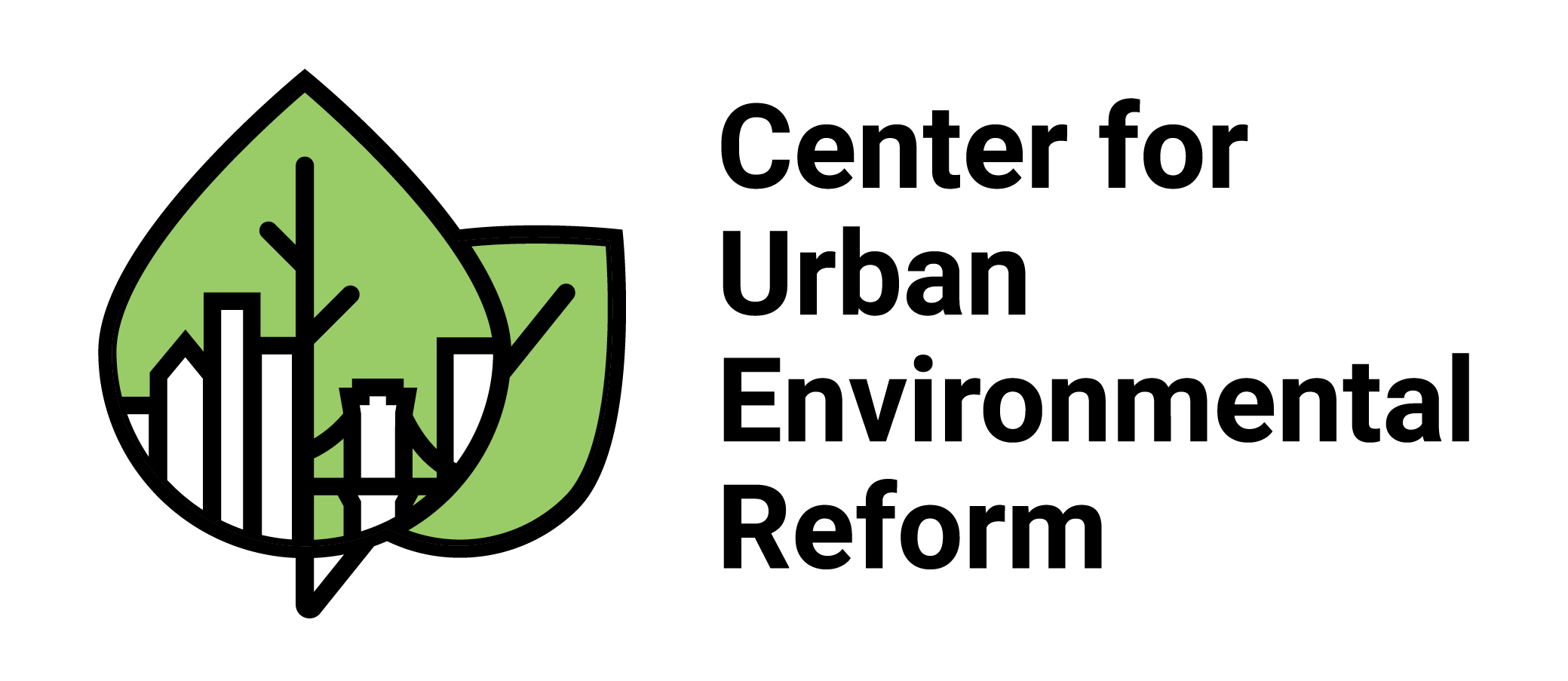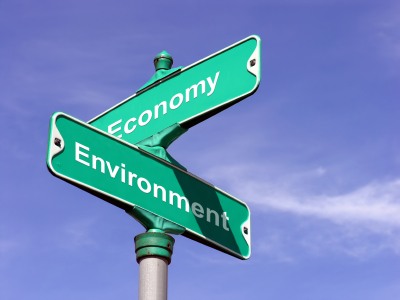SEQR Categorical Exclusions: Economics but Environmental Justice?
Last week I attended the annual ALI-CLE Environmental Law conference in Washington, D.C., as a law student guest. The almost two and half days of lectures were educational, interesting and hopeful for aspiring environmental lawyers-to-be.
One of the many topics discussed was about Environmental Justice. The three speakers were members of the U.S. E.P.A., the D.O.J.’s Natural Resources and Environmental Division, and the N.Y.S. Department of Environmental Conservation (DEC). The DEC agent spoke of the requirements of the State Environmental Quality Review (SEQR). What struck me was not that he mentioned that SEQR is sometimes criticized as “job-killing” or “prohibitory on development,” but rather a push by the DEC to expand Title II categorical exemptions in urban areas.
The speaker discussed how the DEC wished to streamline the process of approval of developing abandoned/unused land in cities, especially paved spaces. By allowing such development to proceed without undergoing to the long process of an Environmental Impact Statement (EIS), urban areas can be improved or expanded much quicker. It makes smart economic sense.
However, this push runs into environmental justice problems. Quick development does not necessarily take into consideration the desires or best interests of current residents in a neighborhood. True, turning an unused paved surface is a better use of land than leaving it as is; but turning it into overpriced residential units or into inaccessible office buildings might damage the sense of community and price out the current residents.
New York’s Environmental Conservation Law 1-0101, the statutory authority for SEQR, includes as part of New York’s environmental policy the declaration that the State shall “conserve, improve and protect … in order to enhance the health, safety and welfare of the people of the state and their overall economic and social well being” (emphasis added). Moreover, subsection (3)(b) states that “future and present generations” shall be “[g]uarantee[d] that the widest range of beneficial uses of the environment is attained without risk to health or safety, unnecessary degradation or otherwise undesirable or unintended consequences” (emphasis added).
Thus, in laying out the State’s policy, the legislature directed the DEC and all state agencies to take a holistic approach and consider all the effects of a proposed action. Allowing more Title II categorical exemptions in the name of urban development might have benefits for some, but environmental justice consequences for others. Creating environmental justice consequences runs counter to the State’s environmental policy and contributes to the continuation of practices that give the word “justice” to “environmental justice.”




Pingback: wow gold
Pingback: gucci 通販
Pingback: ユナイテッドアローズ モンクレール